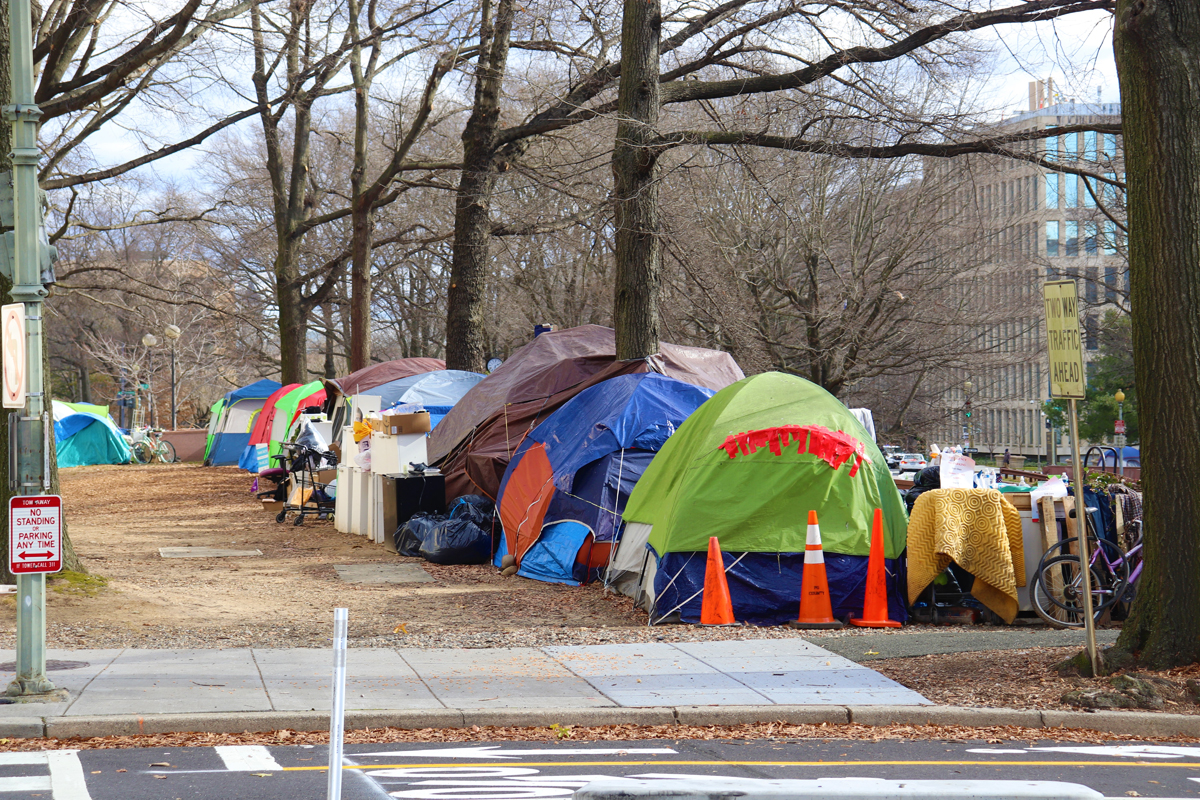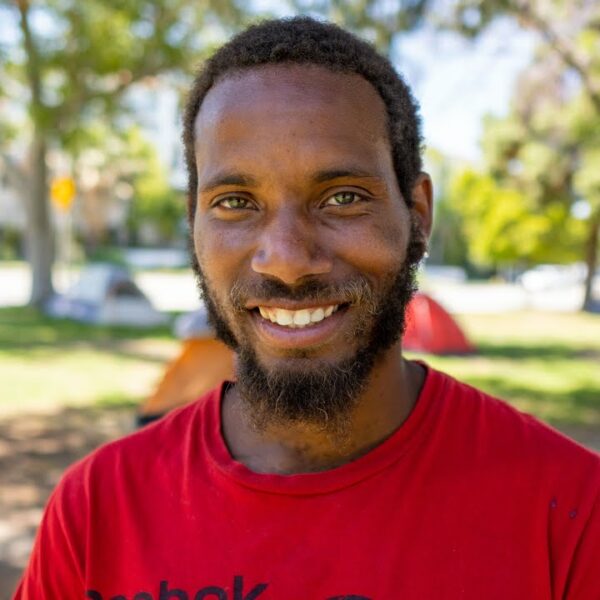The wheels are turning on the American Rescue Plan and our nation’s economy hangs in the balance. Below are some actions the government and general public can take to make sure the money gets to the people who need it in a timely and efficient manner this time around.
If that doesn’t happen, the results could be disastrous as millions of Americans have slipped into extreme poverty and fallen behind on their rents and mortgages.
The American Rescue Plan: A Brief Overview
Most Americans are familiar with the recent $1.9 trillion legislative package that was President Joe Biden’s first order of business. The most well-known component of the American Rescue Plan is the long-awaited $1,400 stimulus check plan that is meant to kick-start the economy back into gear. While stimulus checks are a major part of the plan, they are part and parcel of a much bigger picture. Other equally important components that must work in tandem with the stimulus checks include:
- $415 billion toward fighting COVID-19 which includes vaccination, diagnostics, scientific research, manufacturing medicine and medical equipment, and much more
- $360 billion in economic funding on the state, local, and territorial levels
- Additional $300 per week in unemployment compensation
- Expansion of the child tax credit
- $40 billion in rent or mortgage relief funding
- $510 million toward FEMA’s Emergency Food and Shelter Program
For a more detailed look at the bill itself, please refer to our previous post.
The Importance of Timeliness in Funding Distribution
Previous efforts at preventing homelessness by way of eviction were all too often marred by tardiness on behalf of financial distribution. Most recently, The CARES Act included $25 billion in rent relief funding. However, in many cases, that money did not reach renters who needed it in time. In some cases, that money did not reach anyone at all.
For example, the state of Pennsylvania failed to distribute $108 million of its $175 million rent and homeowner relief funding by the November 30th deadline that was imposed. Due to this negligence, money that was supposed to be used to help delinquent tenants and homeowners was instead funneled into the prison system.
When you consider the link between homelessness and the criminalization of poverty, such an irresponsible action by the Pennsylvania government deserved a great deal more media attention than it received. But Pennsylvania is not alone in this equation.
By December 30th, 2020, America had a whopping $300 million in unspent rent relief funds. Multiple states tinkered with the idea of redirecting the funding away from American tenants and into other state programs that had little or nothing to do with homelessness prevention.
Why is the timing so important?
There are a lot of reasons for this. Like most things, money depreciates with time. This is especially true in situations where the money is expected on a tight deadline.
When the penalty for a late payment is more money, this means that any delay in financial distribution incidentally makes money worth less when it is received late. Landlords are the first to complain about late rent and eviction moratoriums that freeze payments. However, according to rent relief distribution organizations, the number one reason funding isn’t reaching renters is the fact that their landlords refuse to cooperate.
This lack of cooperation further penalizes tenants. It creates a vicious circle where there is money to be had but it is ultimately inaccessible. This is a frustrating scenario indeed.
Is There a Federal Plan to Streamline Getting These Funds to the People Who Need Them in an Efficient Manner?
The federal government has yet to roll out a nationally accepted blueprint for streamlining funding. However, all hope is not yet lost.
The state of Texas appears to be doing an exceptional job of organizing its emergency funds. Their website, texasrentrelief.com is easy, accessible, and frankly brilliant. It is constantly being updated to display the amount of funding still available.
According to the website, funding for delinquent rent is available to qualified tenants dating as far back as March of 2020. That translates to 11 months. This is important because the average delinquent renter is four months and $5,600 behind.
Forms, resources, and information are clearly presented at the top of the page. For those who are less internet-savvy, there is a contact phone number where residents can speak with representatives in multiple languages during regular business hours or on Saturdays.
Both landlords and tenants can quickly navigate the site and find the resources they need. They’ve even set aside specific funds for tenants who have already been sued for eviction. Hopefully, other states will take a moment to peruse the site and create something similar.













